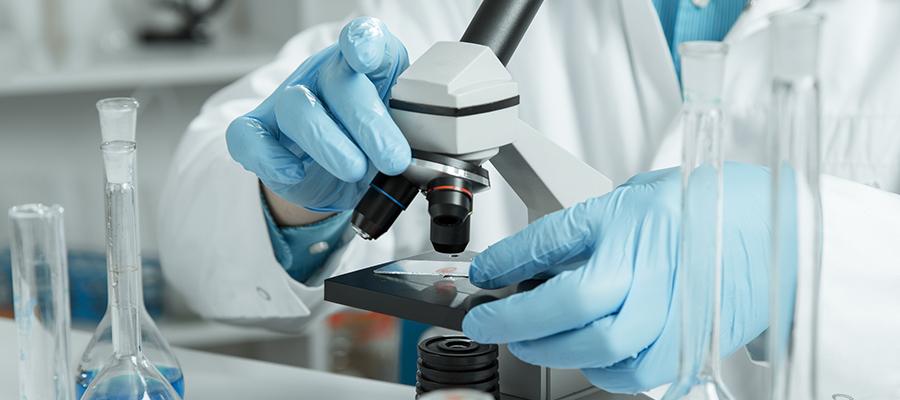- About
- Admissions
- Study at AUS
- Prospective Students
- Bachelor's Degrees
- Master's Degrees
- Doctoral Degrees
- Admission Publications
- International Students
- Contact Admissions
- Grants and Scholarships
- Sponsorship Liaison Services
- Testing Center
- New Undergraduate Student Guide
- Undergraduate Orientation
- New Graduate Student Guide
- Graduate Orientation
- File Completion
- Payment Guide
- Students with Disabilities
- Executive and Continuing Education
- Academics
- Life at AUS
- Research
- Publications
- Contact Us
- Apply Now
- .

AUS research team receives US patent for novel breast cancer treatment
A team of researchers at American University of Sharjah (AUS) have recently obtained a US patent for systems and methods for targeted breast cancer therapies.
Through the Ultrasound in Cancer Research Group at AUS, Dr. Ghaleb Husseini, Professor of Chemical Engineering at the College of Engineering (CEN) and Dana Gas Endowed Chair for Chemical Engineering, Dr. Mohammad Al-Sayah, Professor of Chemistry at the College of Arts and Sciences (CAS) and Chemical Engineering postgraduate alumna Amal Elsadig have been working on a chemotherapy platform that uses minute capsules to target cancerous cells while bypassing healthy cells, thus reducing the treatment’s adverse effects. The team applied for the patent in 2017; the patent application was published online in August 2018, and received their notice of allowance in August 2020. The patent was issued on December 15, 2020.
Such an innovation can help cancer patients avoid some of the harsh, and sometimes debilitating, side effects that result from current treatments. “The patent describes a chemotherapy platform that uses Herceptin-targeted nanocarriers that encapsulate several anti-neoplastic (anti-cancer) agents. Once the nano-vehicles reach and bind to the breast cancer tissues, the drug is released using ultrasound waves. This will ensure the delivery of high concentrations of the therapeutic to the diseased tissues while avoiding its interaction with healthy cells in the body, thus reducing the side effects of conventional chemotherapy,” said Dr. Ghaleb Husseini, the Lead Investigator of the AUS Ultrasound in Cancer Research Group.
In this new method, which was developed in AUS’s state-of-the-art engineering and science facilities, the nanocarriers target the protein called human epidermal growth factor receptor 2 (HER2), which promotes the growth of cancer cells. Once the nanocarriers are bound to the malignant cells, ultrasound is used to release the chemotherapy drug at the targeted site. Dr. Husseini explained that using ultrasound is ideal because it is simple to use, and it is widely understood.
Also working on related research is the AUS Drug Delivery Group. This team of researchers has applied for a US patent for its innovation that uses estrone-liposomes to deliver chemotherapy drugs in the treatment of breast cancer.
AUS graduate and undergraduate students majoring in chemical, biomedical and electrical engineering have been able to gain hands-on research experience as part of these research teams.
“We depend heavily on AUS graduate and undergraduate students in our work, and I would like to acknowledge their diligence and innovation. Credit also goes to other members of the Drug Delivery Group at AUS, including faculty members, visiting scholars and post-doctoral fellows. Further, this research would not be possible without the generous funding we received from AUS Faculty Research Grants, the Patient’s Friends Committee-Sharjah, AlJalila Foundation, Al Qasimi Foundation, the Technology Innovation Pioneer-Healthcare (TIP) Program, Takamul, and the Dana Gas Endowed Chair for Chemical Engineering,” said Dr. Husseini.

